The Herbig Family Tree: A hollow tree with secrets
This grand old tree, hollowed out by time once served as a home for an entire family. This isn’t a fairy tale, but the true story of the Herbig Family Tree, a living legend that stands tall in Springton, South Australia.
This ancient red gum, with its incredible history spanning both Indigenous and European settlement, has become a symbol of resilience, ingenuity, and the pioneering spirit that shaped our nation.
A home like no other
The Herbig Family Tree is no ordinary gum. Estimated to be up to 500 years old, this majestic red gum boasts a staggering diameter of seven metres at its base and reaches a height of 24 metres. But it’s not just its size that makes it remarkable. This tree has played a crucial role in both Indigenous and European Australian history, making it a unique living monument.
In 1855, a 27-year-old German immigrant named Friedrich Herbig arrived in South Australia with little more than the clothes on his back and a dream of a better life. Stumbling upon this enormous hollow tree on Angaston Road, Springton, Friedrich saw more than just timber – he saw an opportunity. This natural shelter became his first home in the new world.
But Friedrich’s story was just beginning. In 1858, he married 18-year-old Caroline Rattey and, in a true testament to love and resourcefulness, brought his new bride to live in the tree home. Remarkably, their first two children were born within the protective embrace of this arboreal abode.
As the Herbig family grew, so did their living arrangements. In 1860, Friedrich built a two-roomed pine and pug hut nearby. Later, as their family expanded to include an impressive 16 children, a stone cottage was added adjacent to the hut.
Indigenous connections
While the tree’s European history is well-documented, its significance to the Indigenous Peramangk people predates the Herbig family by centuries. The Peramangk used the hollow tree as a shelter long before Friedrich’s arrival. Even today, you can see evidence of their presence in the form of coolamon scars – marks left behind when Aboriginal people carved wooden dishes from the tree’s bark.
A living museum
Today, the Herbig Family Tree stands as a graphic link between Indigenous and early European settlement. It’s a living museum, silently telling the stories of those who sought shelter within its trunk. The tree serves as a powerful reminder of the ingenuity and resilience of early settlers, as well as the deep connection Indigenous Australians have with the land.
The tree is more than just a botanical curiosity – it’s a living testament to the resilience, adaptability, and ingenuity of both Indigenous Australians and early European settlers. This ancient red gum, with its hollow trunk that once housed an entire family, continues to captivate visitors and tell its silent stories. Whether you’re a history buff, nature lover, or simply curious about Australia’s unique heritage, the Herbig Family Tree offers a truly unforgettable experience. So why not plan a visit and step back in time to discover this remarkable piece of living history?
How to get there
The Herbig Family Tree is easily accessible from several major South Australian towns:
- From Adelaide: Drive east for about 70 km (approximately 1 hour) via the North East Road and Torrens Valley Scenic Drive.
- From Murray Bridge: Head north for about 65 km (around 50 minutes) via the Mannum Road and Angaston Road.
- From Nuriootpa: Take a short 20 km drive south (about 20 minutes) along the Angaston Road.

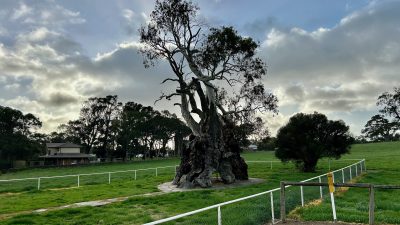
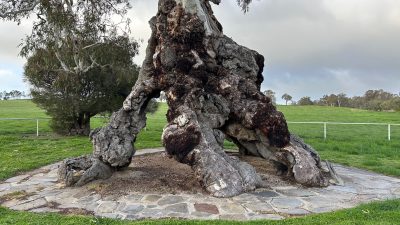
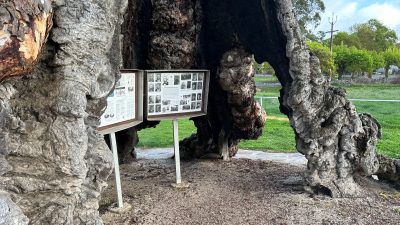
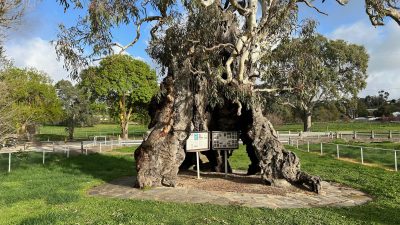





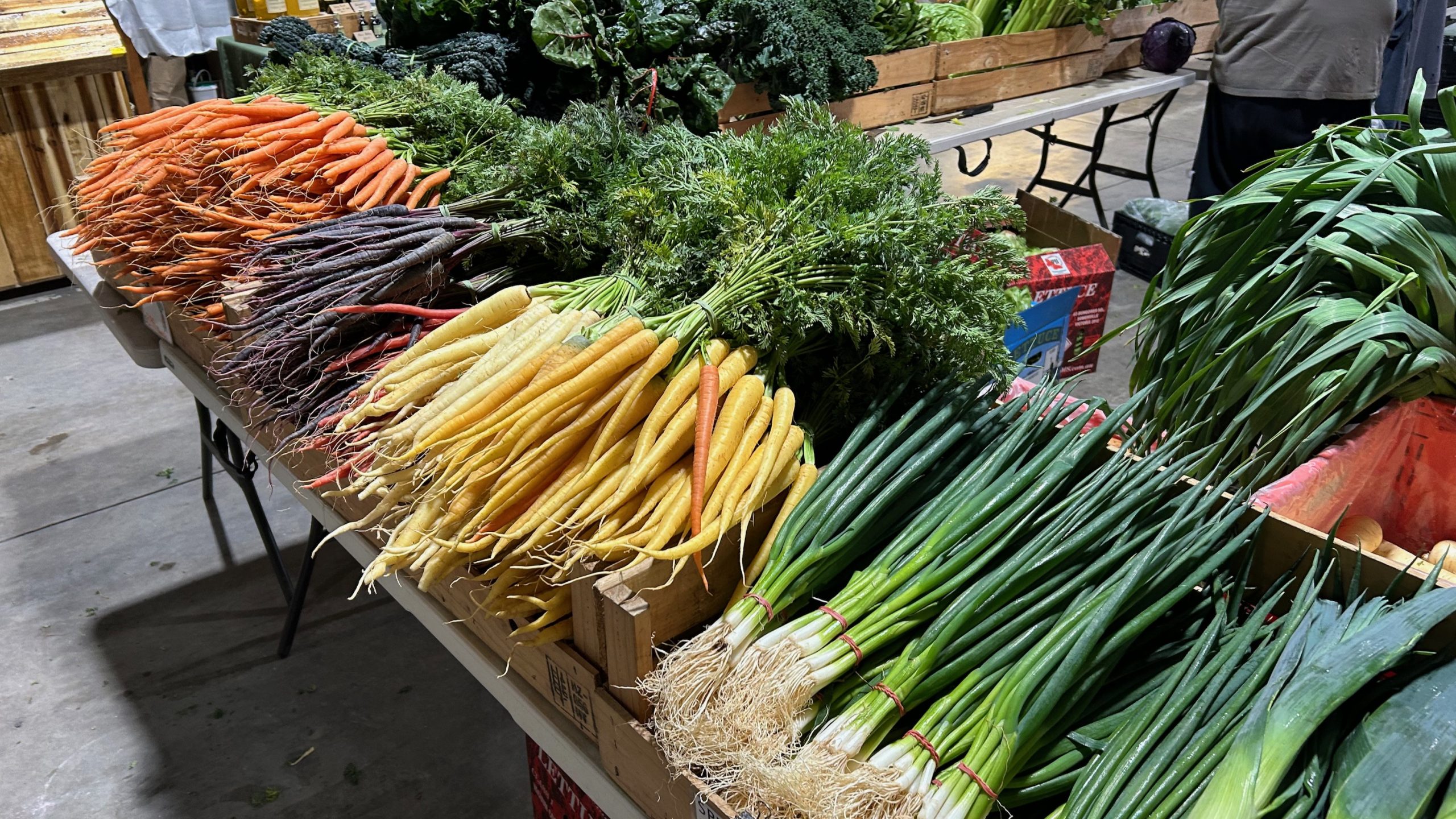






Leave A Comment